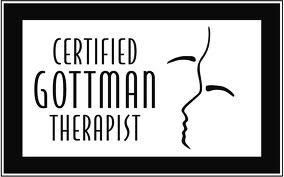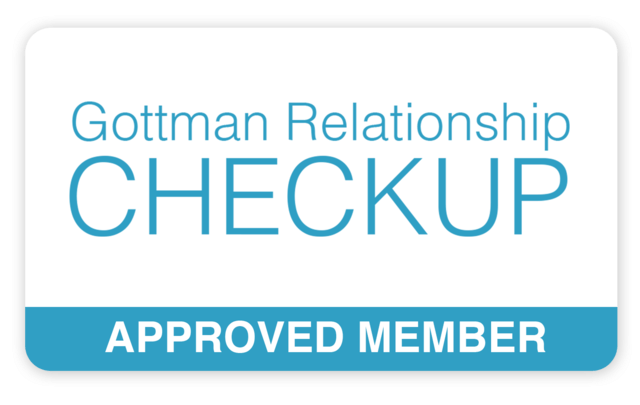A diagnosis of dyslexia is best made by an experienced psychologist who has carefully reviewed the child’s developmental, educational and medical history. Assessment must comprehensively evaluate the child’s health and development. Causes of reading problems other than dyslexia must be ruled out. For example, emotional disorders, mental retardation, diseases of the brain, ADHD and certain cultural and education factors can cause learning problems, but they are not dyslexia.
Neuropsychological and educational testing can provide a detailed understanding of how the child processes information and create a picture of the child’s strengths and weakness. It can objectively measure the child’s skills in reading accuracy, reading fluency and reading comprehension and compare the child to typical children of the same age and grade level. Moreover, the assessment can pinpoint the child’s skills in those particular cognitive processes that underlie reading—phonemic awareness, verbal fluency, verbal memory, oral comprehension and auditory attention, for example. To place these skills in context, it is also important to understand the child’s broader abilities in reasoning and conceptual thinking, so intelligence testing (IQ) is part of the assessment.
I have made many changes over the years in my method of assessment to keep up with new discoveries in the field, and I keep refining my approach as I learn more about the things that matter most to parents, kids and teachers. Always, my goal is to understand as best I can what the main problems are—from everyone’s perspective—and then to answer questions clearly and directly so everyone has a better idea of what is going on and what specific actions will result in real improvement.
I begin with an interview of the parents (without the child). The goals here are to define the main concerns, review the child’s developmental history, review educational history, and learn about the family. We discuss what has been tried so far, with what results. I carefully examine all school records, including report cards and previous assessments, and I ask current teachers to complete questionnaires. Then, I usually meet with the child for two sessions of one-to-one testing, each session lasting 2-3 hours. Finally, I meet with the parents again to discuss all the results and recommendations. Typically, this whole assessment takes place over two weeks or so.
What do we achieve through this process? We know if the child has dyslexia or some different kind of learning disorder. We have a good fix on the child’s current skills in reading fluency, reading accuracy, and reading comprehension, as well as writing and math. We are able to rule in or rule out ADHD and other conditions that might affect reading. And we know about the child’s abilities in important areas of cognitive development—how well the child is able to focus, remember new information, express ideas in words, grasp new concepts, plan and stay organized. We also have a good sense of how the child is feeling about school and his or her own learning experience. All of this information is useful for designing the best program of instruction to meet the child’s educational needs.
Continue to my next post to learn about how a neuropsychological assessment is different from a school district assessment.
- Teletherapy–One Year Later - April 26, 2021
- Passion and Sex in Long-Term Relationships - January 1, 2021
- (home video area 2 – mindfulness) - December 1, 2020



Leave a Reply